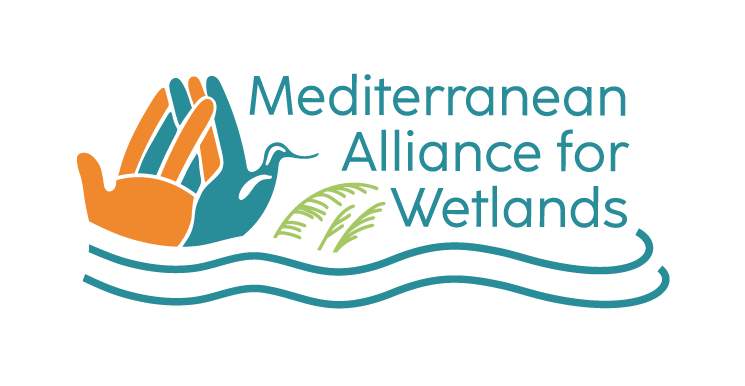RSCN Detail
Azraq Nature Reserve (Jordan’s most prominent Ramsar site) aims, among others, at the survival of its endemic and globally threatened Azraq Killifish Aphanius sirhani . For this, the long-term RSCN strategy is to periodically dry-up the pools in order to get rid of exotic, invasive fish; to rewet them and re-stock them with Killifish from captive breeding; and to create new pools over dry land by using pumped groundwater to flood them.
A fish survey conducted at Azraq wetland reserve in November 2019 recommended that both the “Bird Hide Pool” and “Picnic Area Pool” have to be rehabilitated, so that they can become again appropriate habitats for the Azraq killifish and migratory birds. These two pools currently exist but need to dry out, in order to remove reeds and plants and exotic, invasive fish such as tilapia, and expanding shorelines edges. Rehabilitation of this these pools (total surface area: 1 hectare) is important as it will serve not only the Azraq killifish but also help increase the number of migratory waterbirds, songbirds and other species. This will complement habitat rehabilitation ongoing in the Azraq wetland reserve.
All these activities were agreed upon in the site management plan in 2005, which planned the creation of new marsh pools and the expansion of the existing water bodies in the reserve, in order to reach the long-term goal of up to 10% of the former Oasis to be covered again in wetlands.
AFD-FFEM amount (€) : 11.000
Key component : Visitor centre + Environ. Education
[Duration: March – October 2020; Total amount: 14,340 JOD (18,250 €); AFD-FFEM: 10,140 JOD (13,000 €); cofinancing: 4200 JOD (5250 €)].
